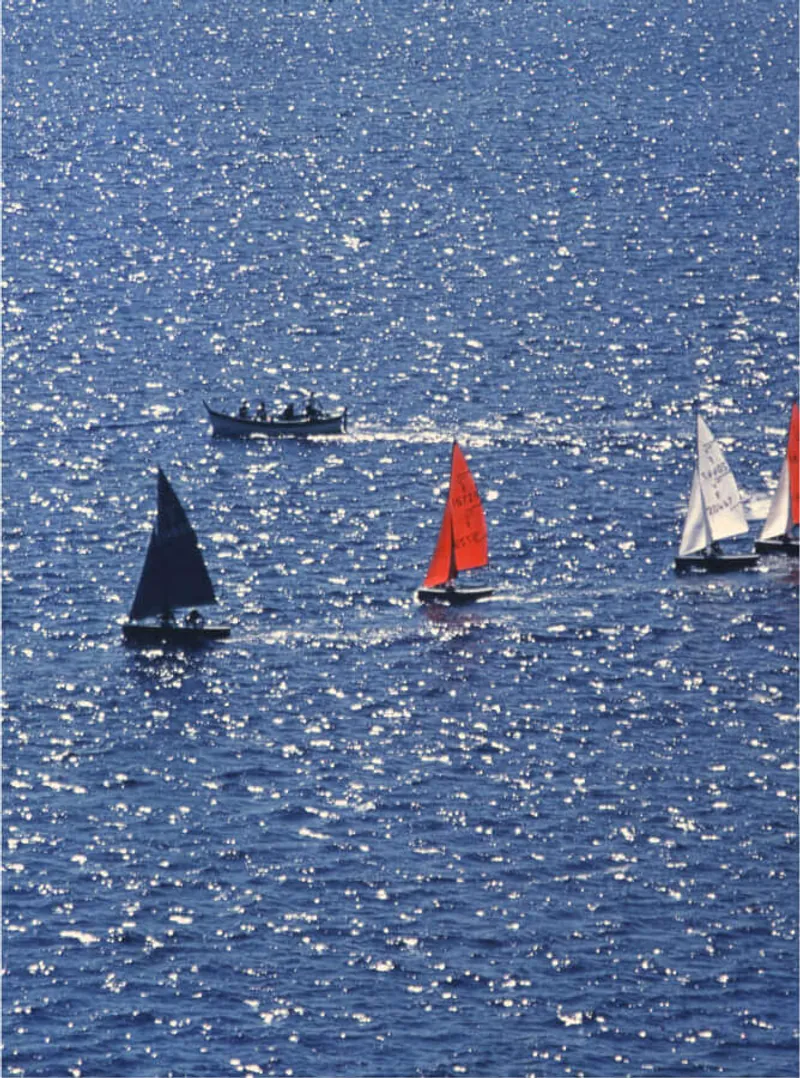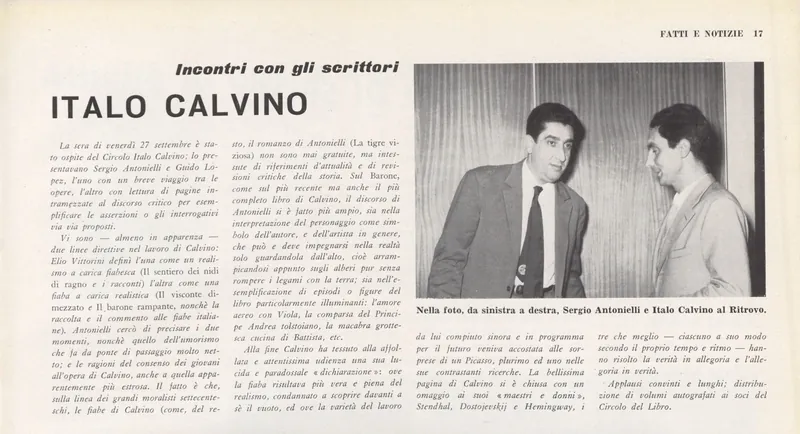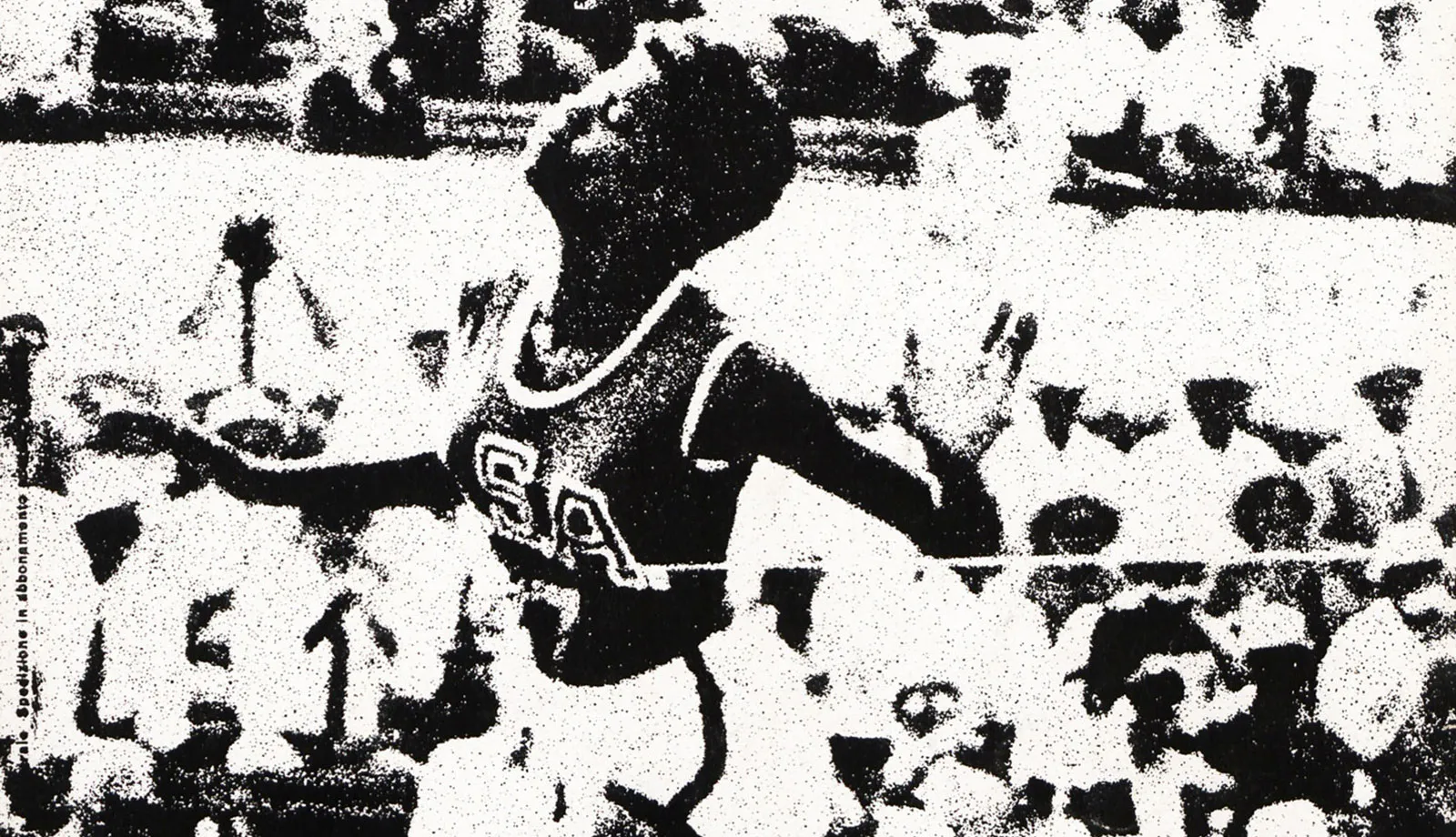Innovation Redeems the ‘Blue Core’
The pride of remembrance for victories and the rebirth of hope and participation in a collective project called the ‘culture of a nation’.
But let’s return to sport itself. Looking over our shoulders, each of us has three or four great moments in which we have experienced a collective emotion. For my generation, in addition to Tardelli and Tomba, it will inevitably include that long season that began with Azzurra and her skipper Cino Ricci and continued with Luna Rossa and Paul Cayard. For a few weeks we all remembered that we were a nation of sailors, heirs to the trading fleets of the Genoese and the Venetians.
Of Marco Polo and Christopher Columbus. Going a little further back in time, Sergio Leone had the same effect (inspiring a Clint Eastwood who has transformed himself from a gunslinger over the years into a monumental director) and Federico Fellini. Everyone envies us them. And we lose ourselves in the great beauty. Another was the Davis Cup final won by Adriano Panatta and Paolo Bertolucci against Pinochet’s Chile in 1976.

We live in a distortion of memory, a continuous flow of eclipses of what we are and what we could be. It is what Montanelli called the anti-Italian syndrome. We are our own worst enemies. We’re deaf to our own merits.

It happens all the time. Until a champion rouses us from lethargy, enters the deep mechanisms of the ‘blue spot’ and rekindles a sense of hope, optimism, and desire to take part in a collective project called the culture of a nation. A moral constitution that comes and goes and that remains alive thanks to the only known antidote to decline: culture; our history.
Will Sinner make it? If we’re writing about him now, maybe he’s already made it.

